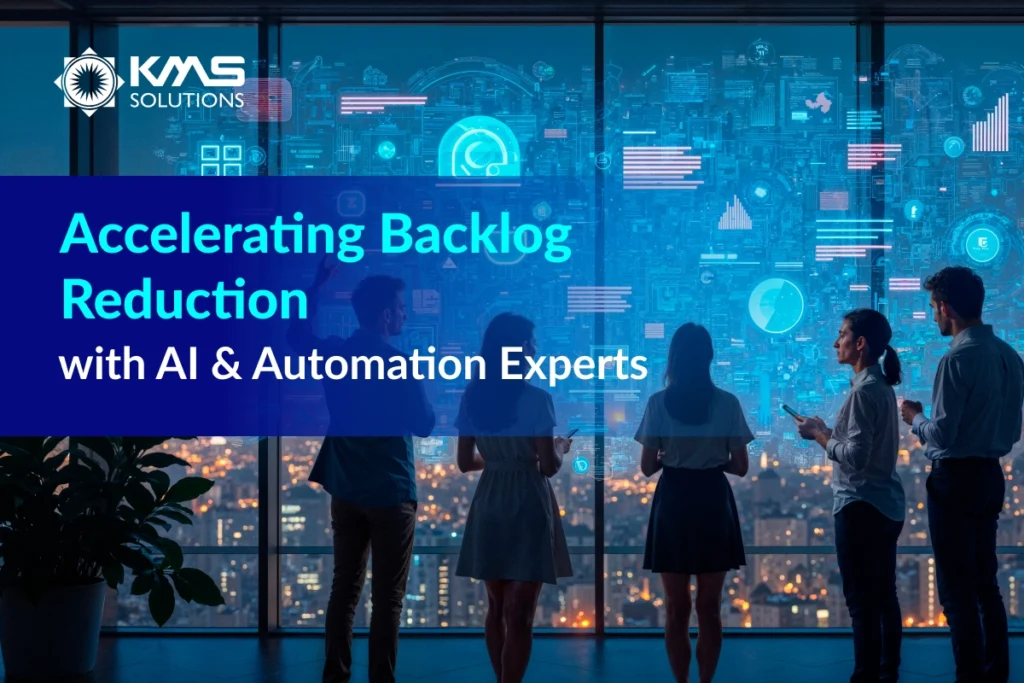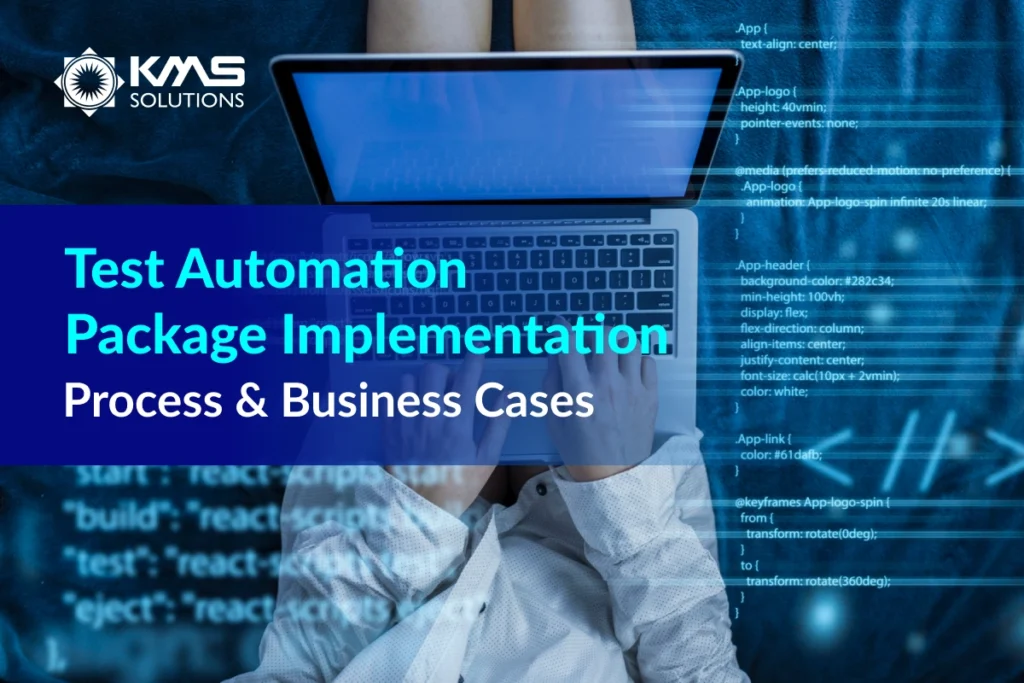More and more companies are offloading in-house operations to outsourced vendors. The inducement? It cuts costs while allowing firms to concentrate on their core competency.
Nevertheless, operational outsourcing typically entails granting third-party vendors varying degrees of access to the organization’s network and data. Hence, the security of your entire IT infrastructure can be severely impacted if your IT provider gets a cyber attack, putting all the sensitive data on your network at risk.
The concern is not unfounded: the rise of cybercrime continues to accelerate in frequency and complexity, with victims now no longer limited to large businesses but also small and medium-sized companies.
It makes sense that cybersecurity is a matter that all corporations should keep an eye for. However, a knee-jerk reaction to turn back to ‘’insource everything’’ is neither essential nor a sensible response to cybersecurity issues.
In this blog post, we’ll go through some fundamental stages and elements to consider when outsourcing software development.
1. Familiarize yourself with standardized approaches
You can design your company’s security process using the existing standards. The Top 20 Critical Security Controls list from the System Administration, Networking, and Security Institute (SANS) Institute makes an excellent reference.
Their list covers everything from assessing your corporation’s software inventory to securing hardware, software and laptop configurations. In addition, they address subjects like controlled use of administrative rights, email and web browser security, wireless access control, and more. Having a deep knowledge of the standards can help you tremendously in the next stage of auditing your company’s safeguards.
2. Evaluate your risk & have your own safeguards enforced
Prior to outsourcing software development, you should ensure that your security measures for company data and systems are in place and that you’re familiar with your firm’s IT security policies and protocols.
Safety protocols like encryption, patch management, authentication, and endpoint security policies can somewhat influence how outsourced vendors carry out their tasks.
A risk assessment of your current systems portfolio is suggested. At KMS Solutions, our digital team helps clients organize data and digital assets into clearly-defined categories. From there, we will assemble these categories with varying levels of importance and security risk.
- List what applications are, or will be, built by the outsourced digital team
- Identify the potential risks that each application present
- Estimate the financial impact on the firm
- Examine the infrastructure and security conditions throughout the software development lifecycle – from design to production deployment
This gives our customers a holistic view of the digital touchpoints between them and our team and grasps why and what data we require to perform our tasks efficiently.
However, sometimes there are no quick remedies for weaknesses in the IT infrastructure, meaning companies must monitor these weak points at higher levels. This calls for management to clearly understand the location of their data sets and the technology vendors that will have access to those systems and data points.
3. Remain vigilant and persistently monitor IT service providers
As stated before, it’s highly recommended that businesses have security policies, tools and audits established to regulate vendors and employees. Enterprises can limit access to systems only needed for the service provider to do their tasks using monitoring software.
Furthermore, you can have the option of specifying when and from where vendors are permitted to log into systems, depending on the capabilities of the software you select. With high-sensitivity data, you can restrict IT providers access within certain apps or only grant them access upon manual approval.
Keeping records of the service provider’s access and regular auditing will enable you to immediately detect any vulnerabilities while gaining visibility into all actions committed by third-party vendors.
Here at KMS Solutions, we believe that cybersecurity is an ongoing process that needs constant pursuit and attention. Our digital team regularly notifies clients on the status of attacks or vulnerabilities as well as the security methods we are applying
4. Get to know your technology vendors
Familiarize yourself with their training/certification programs and their workplace’s physical and cybersecurity aspects:
- Validate what security-related certifications are held and maintained by the outsourced development team
- Ask what security protocols are implemented – what their criteria are for safe network architecture, how they evaluate authorized and unauthorized devices, and what their training is like for security issues.
- What protections are imposed in their work settings: firewalls, software antivirus and malware protections, etc.
- Does the business adhere to standards like ISO 27001?
Additionally, get a list of the tools your outsourced development team employs and have your in-house IT department review and get their approval. When vetting tech partners, explore what they consider a workable service-level agreement for your company can be, expected response and availability time, how frequently you can audit them, and ensure they are aware of your reporting and incident disclosure expectations
5. Apply fail-safes
If the IT service provider you are in discussion with takes cybersecurity seriously, they should be able to offer advice for different measures you can take to increase your project’s and digital assets’ security.
These can involve procedures like network segmentation, in which their technical team only has access to shared servers that don’t grant full access to your data.
Moreover, they should be able to display clear and stringent policies for patch management, making sure that their cybersecurity systems and practices are regularly updated and managed to avert hackers from exploiting vulnerabilities.
6. Assign responsibility to have someone track and assess the IT service providers
Pick an individual who is well-versed in your firm’s networks, infrastructure, and overall IT ecosystem to handle the third-party relationship. The person should be able to know the roles of vendors, what partners have access to, and are part of the process when you evaluate the IT vendor and ask the tricky question. Finally, they must be mindful that they’re in charge of auditing service providers, tracking the data flow out of the company and which new software and apps are introduced in the systems.
Conclusion
As the severity and frequency of cyberattacks continue to climb, businesses need to set higher standards for cybersecurity, especially when they employ a third-party vendor as a way to deliver software. Secure software development outsourcing doesn’t have to be challenging. These six practices can help you effectively manage your IT vendor to have software that is securely developed and built by a digital team that conforms to a high level of security.
Do you want to outsource an IT project but are worried about cybersecurity? With a proven track record in delivering cutting-edge technology solutions and expertise in the finance sector, KMS Solutions is committed to enhancing the security and resilience of your banking applications.
Get in touch with us, and we’ll be more than happy to discuss the cutting-edge cybersecurity technologies and safeguards we adopt and can offer our consumers.











